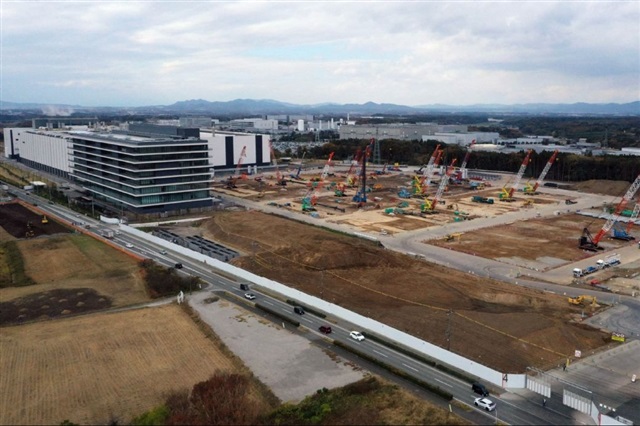
China is accelerating its semiconductor capabilities through technical gains at Huawei and Semiconductor Manufacturing International Corp.(SMIC) while simultaneously mandating the use of domestic processors across state sectors to circumvent US export controls